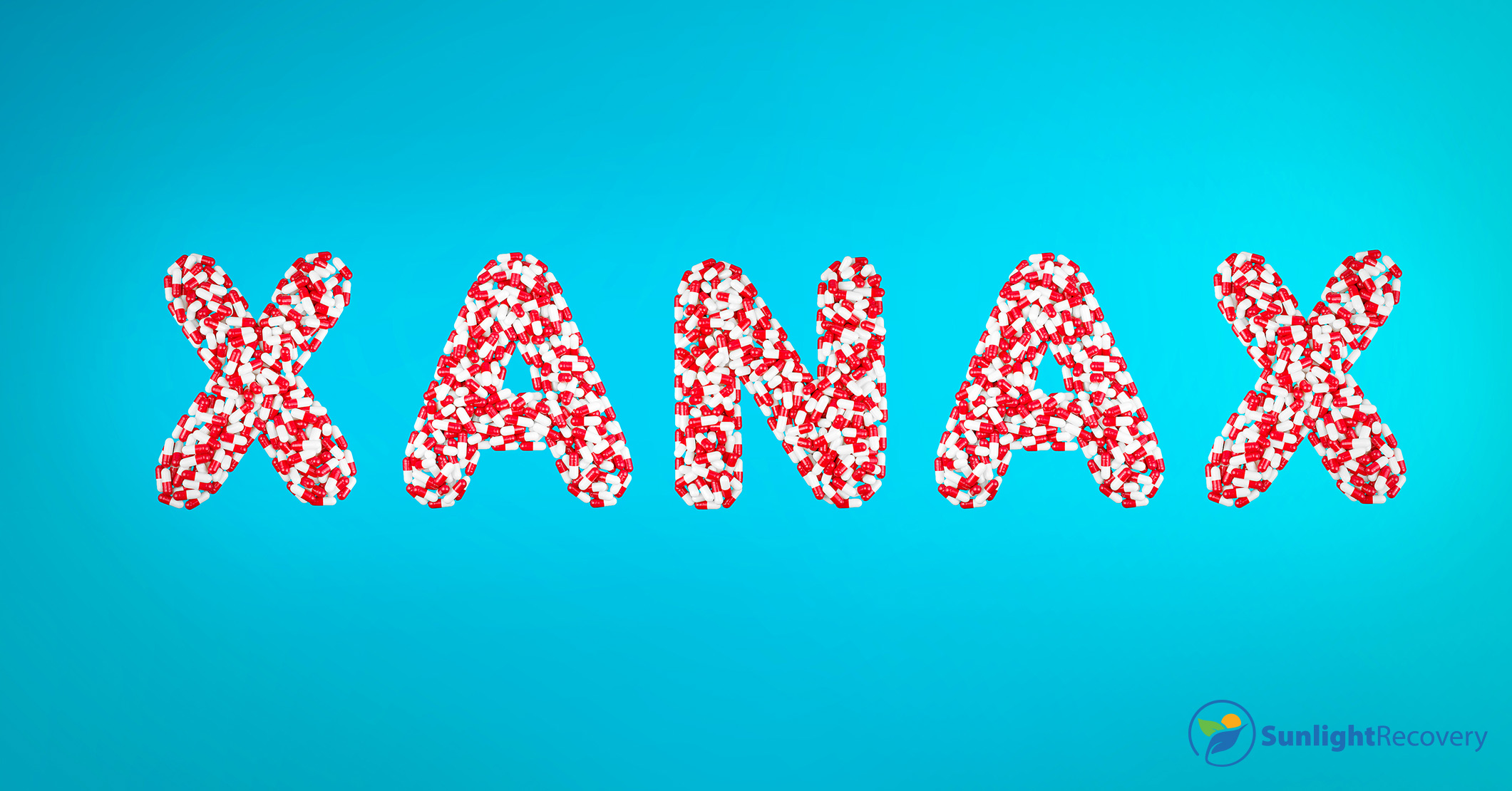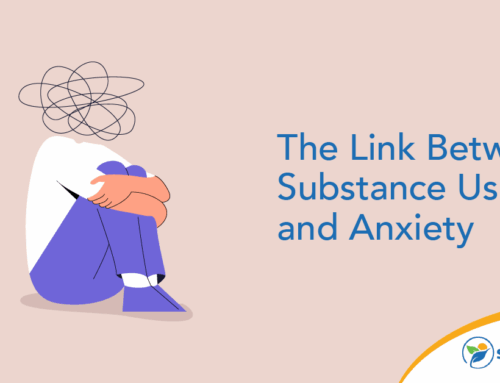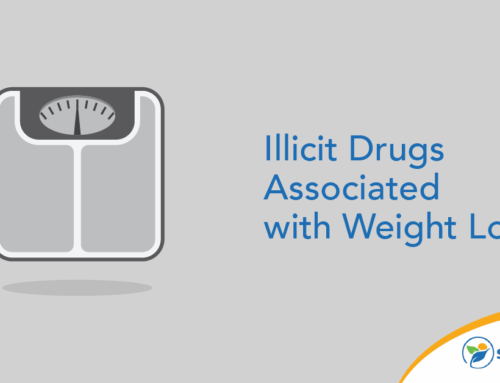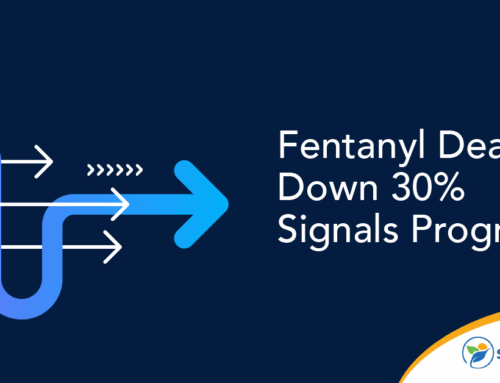It’s estimated at least 31.1% of adults in the United States will experience an anxiety disorder at some time in their lives. Many adults are prescribed Xanax to help manage their anxiety; it’s one of the most commonly prescribed drugs in the nation. Unfortunately, the drug is often misused for recreational purposes — and it’s widely known to be addictive. Because of this, it’s a substance often screened for by employers.
Regardless of your reason for taking the drug, you might be wondering, “How long does Xanax stay in your urine?” Below, we’ll explain the Xanax half-life and discuss other important things you should know before you start taking this medication regularly.
What Is Xanax Used For?
As mentioned above, Xanax — alprazolam in its generic form — is a medication designed to help individuals manage certain mood disorders — namely, anxiety and panic disorders. More specifically, Xanax is a type of benzodiazepine (also known as a benzo), which is a class of medications that work to slow down brain and nervous system activity.
By slowing down the brain and nervous system, the medication promotes feelings of calmness and relaxation. It’s essentially a mild tranquilizer. However, while Xanax helps individuals manage their mood disorders, it has the potential for abuse and dependence when taken in high doses.
Therefore, the medication is classified as a federally controlled substance (C-IV) — regardless of whether it’s labeled as alprazolam or Xanax.
Xanax Half-Life: How Xanax Is Metabolized
Because Xanax is considered a mild tranquilizer, it’s important to understand how long its effects will last in your body, as well as what factors can influence how long it stays in your system.
When Xanax is used as a treatment for a mood disorder, you can expect the drug to provide relief for up to 31 hours — or 1.5 days. There are also extended-release forms of the medication that can last for up to 5 days.
Regarding the elimination time frame of Xanax, the most important facts to keep in mind are:
- The average dose of Xanax is between 0.25 and 0.5 milligrams.
- The drug is often prescribed to be taken up to three times per day.
- The half-life of Xanax (or alprazolam) is 11 hours, on average. More realistically, the half-life falls between 6 and 27 hours or even longer in obese individuals.
Various other factors can contribute to the length of time it takes Xanax to leave the body. These include:
- Metabolism speed
- Height
- Weight
- Body fat content
- Age
- The health of the liver
- The health of the kidneys
- The dosage of the drug taken and how often it’s taken
- How long the drug has been used by the individual
Because everyone is different, it’s more accurate to think of the half-life of Xanax in a range that depends on your bodily composition and the current state of your health. A healthy individual taking a mild dosage as directed will be able to eliminate the drug more quickly compared to the opposite scenario.
Detection Windows for Various Drug Tests
When it comes to drug screening in the workplace or for other reasons, is 7 days long enough to get Xanax out of your body? The short answer is, technically, yes. However, it’s a bit more complicated than weighing yourself and knowing what the Xanax half-life is.
This is because the various drug tests you might be presented with have different detection windows. The most common types include blood, urine and hair tests — and you may be subject to all three, depending on the reason behind the screening. Therefore, it’s good to know when you should stop taking the medication in preparation for a drug screening.
Here’s an overview of what you can expect from the timeline of each test:
Saliva or Blood Test
Saliva and blood tests work on the shortest timelines. While both can detect Xanax immediately after it’s taken, these tests are still effective at detecting recent use:
- Saliva tests can detect usage for up to 2.5 days after an individual’s last dose.
- Blood tests can detect usage for up to 1 day after the last dose. In some cases, however, Xanax has been detected in the blood for up to 6 days after the last use.
Urine Test
Xanax can be identified for between 5 and 7 days using an alprazolam urine detection test. The average detection time for urine tests is 4 days — although it’s still very common for the drug to be present in a urine sample up to a full week after the last dose was taken.
Hair Test
While hair tests aren’t as common as blood and urine tests, hair sample testing is still prevalent among plenty of organizations. Generally speaking, Xanax won’t be detected in a hair sample for at least 24 hours after it was last taken.
However, hair samples can show the presence of Xanax for up to 90 days (or 3 months) after the last dose was taken. This can make it incredibly difficult for anyone with a prescription for alprazolam to pass a hair drug test at work.
Important Considerations for Xanax Use
Xanax and its generic forms can be beneficial for individuals who struggle with anxiety, panic attacks and other nervous mood disorders. However, there are potential impacts to be aware of before adding it to your daily regimen.
The general side effects of Xanax include:
- Extreme drowsiness
- Low blood pressure
- Stomach cramps
- Dry mouth
- Poor coordination/mobility
- Memory issues
- Slurred speech
- Decreased appetite
- Decreased libido
- Constipation
Xanax dependence can result in more severe side effects, which are mostly associated with withdrawal. These may include:
- Hyperventilating
- Restlessness
- Muscle spasms
- Shaking or trembling
- Seizures
- Excessive sweating
- Aches and pains
- Hallucinations
If you or someone you care about is dependent on Xanax or experiencing any of the withdrawal symptoms associated with dependency, the Xanax half-life is the least of your worries. It’s much more important to seek professional help as soon as possible to avoid facing the side effects of Xanax misuse.
Our highly experienced and licensed medical team at Sunlight Recovery provides exceptional care aimed at helping individuals recover from prescription medication dependency. Contact us today to learn more about our addiction and mental health programs so you or your loved one can get started on the road to recovery.







